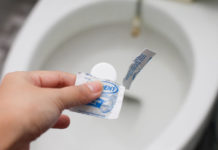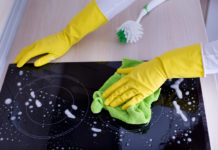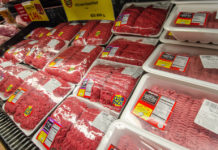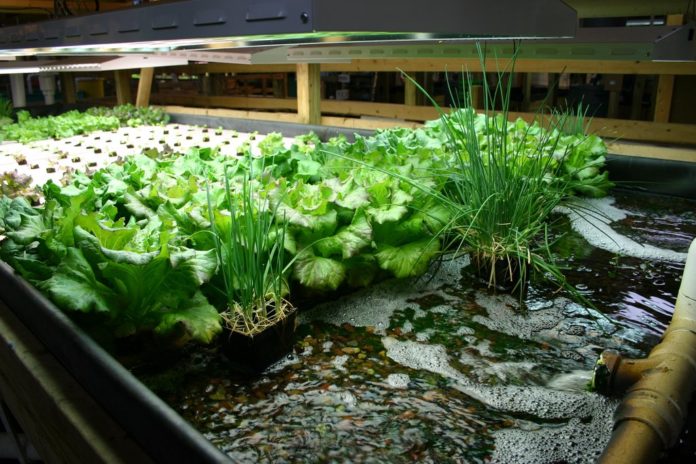Despite the bleak environmental picture we see painted, regular advances are being made by innovative and talented minds that might just see the tide turn and our environment safeguarded for future generations. Examples can be found in different stages of development, some looking distinctly futuristic and others fresh but crude, though as of now there’s no knowing which will prove the most important. Here are fifteen we’ve chosen that might just change life as we know it.
15. Nebia Shower System
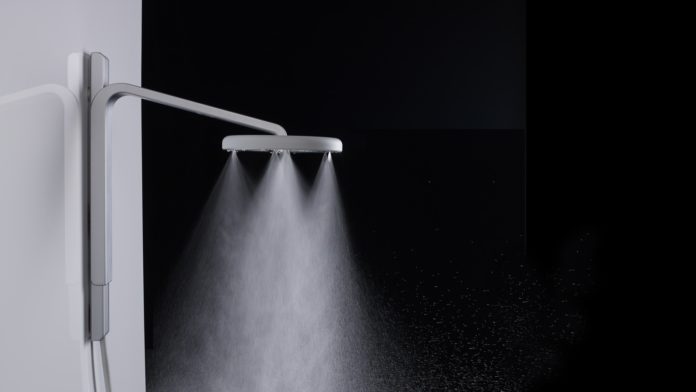
Many of us might not have considered how much water we waste each time we take a shower. Most of it is hardly used in the cleansing process, but the Nebia shower system is designed to change all that, offering a 70% reduction of the water used without making it any less easy to shower. When a water stream is atomized into tiny droplets, the surface area being cleansed receives ten times more coverage, in the same manner that technology has been applied to rocket engines, for example. There is no loss to water pressure as a result, yet far less water is used in the process. Saving water? Yes, please!
14. Edible Water Bottles
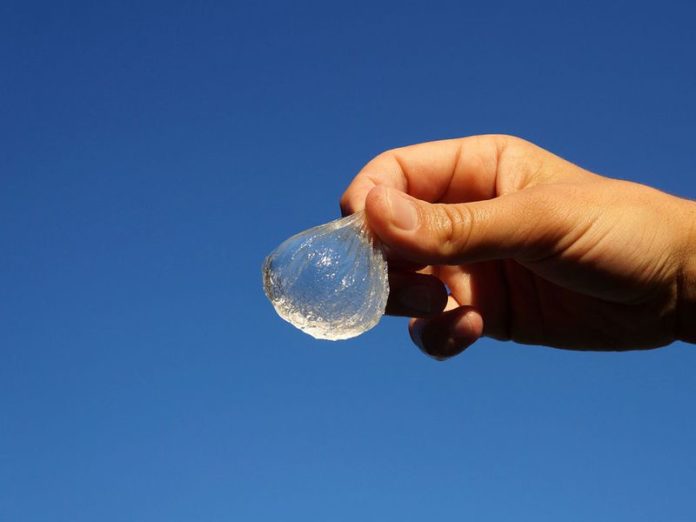
Bottled water has always been an issue when it comes to recycling habits, but it looks like they’re about to become consumable themselves. Skipping Rocks Lab has used a seaweed extract to develop a transparent membrane that can hold water. As this membrane is tasteless, it can be consumed with the water, though there may be flavoring attempts up ahead. Even if the skin is not eaten, it will decompose without harming the environment. This is a nice way to purchase water while feeling guilt-free.
13. Bullets that biodegrade

War leaves many stains on the planet, one lesser-known kind being the time it takes for ammunition to corrode, which can compromise both water and soil. The US Environmental Protection Agency has been well aware of the issue due to the declining state of its military sites. However, efforts are underway to develop ammunition that incorporates seeds to reduce contamination by bringing forth environmentally-friendly plants that are good for the land and for wildlife too.
12. Epson PaperLab
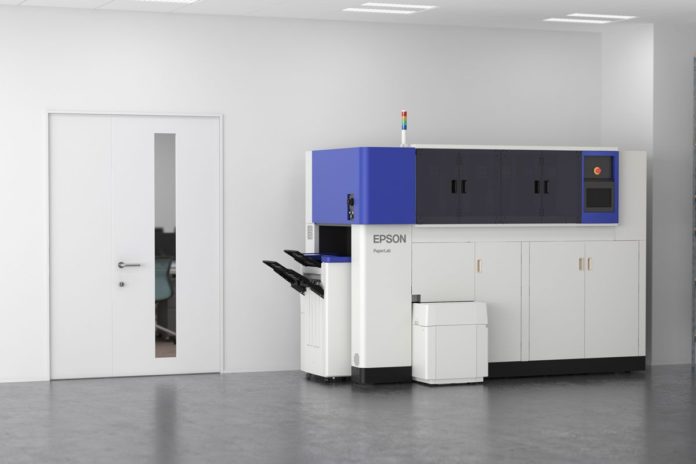
Epsom has developed a shredder and paper-making appliance rolled into one. Using the PaperLab machine, when businesses dispose of their paper it will then be ripped to pieces at the same time as being cleansed of ink with a jet stream. Once this process has taken place, all the fibers will be compacted into new sheets of paper held together by liquid binders. PaperLab is versatile, offering its users a choice of size, thickness, and color. Producing over 800 sheets of paper an hour, it is likely the world of commerce will rarely have to buy new paper again, so long as they have a PaperLab machine in place.
11. Low-energy home
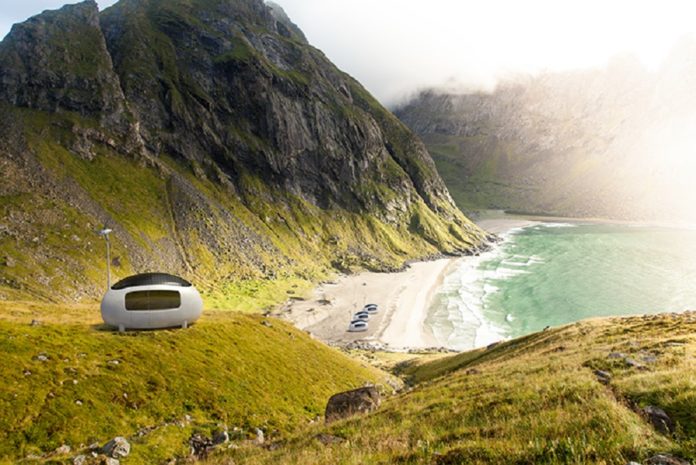
Combining both solar and wind resources, Ecocapsule® is a micro-home that is both smart and self-sustainable. This development will allow people to access to the same technologies they would expect in the heart of suburbia, despite enjoying some luxury island getaway, for example. This low-energy home is adaptable to preference, being able to serve as a mobile office or laboratory, or something more homely like a hotel room, cottage or caravan. We bet the cost of home insurance would be drastically smaller than the average home, too!
10. The Ocean Cleanup
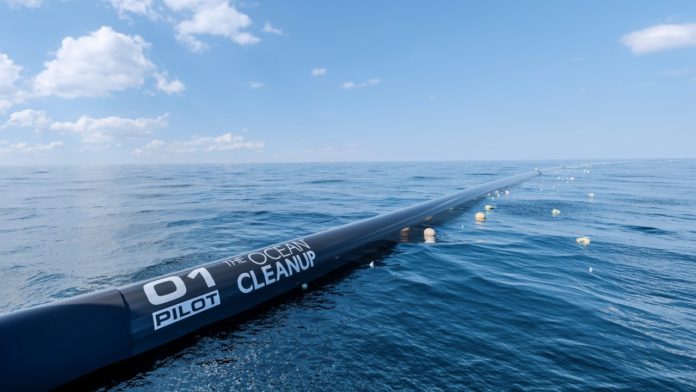
Founded with the mission of taking plastic out of the oceans using innovative technology, The Ocean Cleanup comes from the prodigious Boyan Slat – a 23-year-old Dutch inventor who has already received a great deal of acclaim. If successful, The Ocean Cleanup will see a V-shaped border placed under the sea, stretching 62 miles to prevent plastic from drifting out into the remote ocean. Plans are currently focused on a 2020 launch, which is fairly imminent, and estimated at relieving the ocean of 50 percent of its garbage. This plastic can then be recycled at the same time as seeing the Great Pacific Garbage Patch shrink and eventually disappear. A great investment in our future!
9. Banana leaf leather
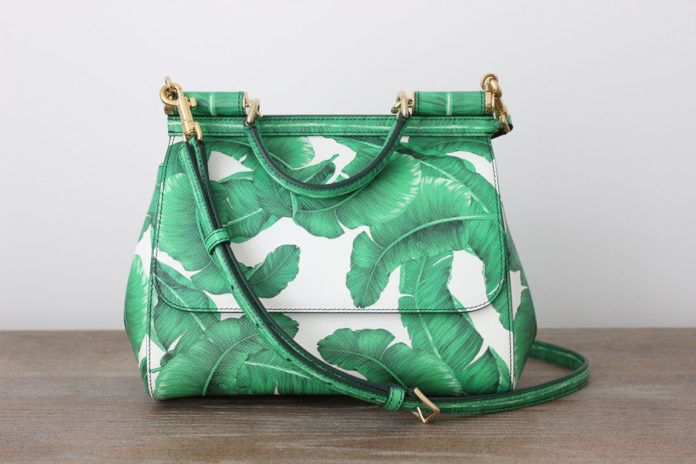
Rather than relying on animal skin for leather, researchers have found ways to make an even better product by utilizing green waste from the island of Kosrae, Micronesia, which is home to thousands of banana trees. This alternative fiber, which feels very similar to leather, is just as durable and also resistant to water.
8. AVANI Biodegradable Bags
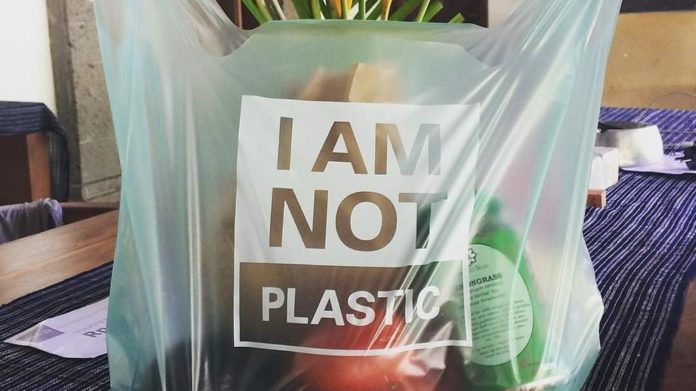
By combining natural starches with cassava roots, the founder of AVANI Eco, Kevin Kumala, has been able to launch a biodegradable bag. The message “I AM NOT PLASTIC” is proudly displayed upon the bag, drawing anyone who wishes to embrace the green agenda. Furthermore, there are no animal consumption issues related to its use. When seeing efforts to inspire people to avoid using bags period, Kumala instead decided they just needed a new product that does not cause the same problems, meaning people can turn green without shifting their daily habits at all. This innovative solution might make its way to your favorite stores and businesses in the near future.
7. The Seabin Project
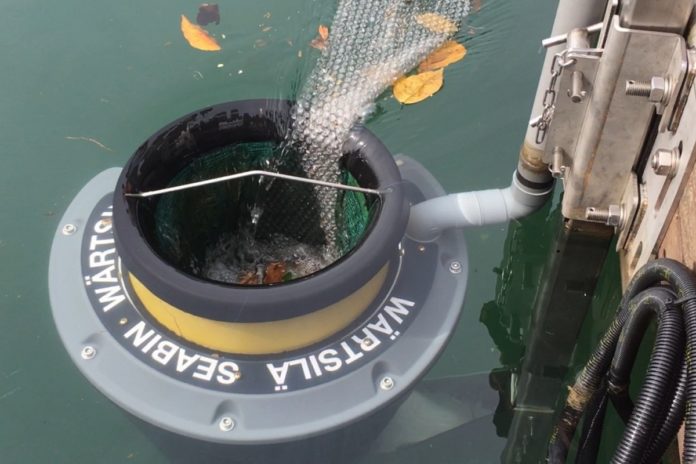
Effectively a trash can at sea, the positioning of a water pump onshore could see this become an addition to highly-populated coastal areas. Functioning as a filter, the Seabin will take a significant percentage of garbage from the sea for it to be either recycled or properly disposed of. Together with litter objects, this technique will remove other pollutants, even being able to capture oils. A cost-effective solution to sea pollution that works permanently for very little manpower.
6. Beeswax food wraps
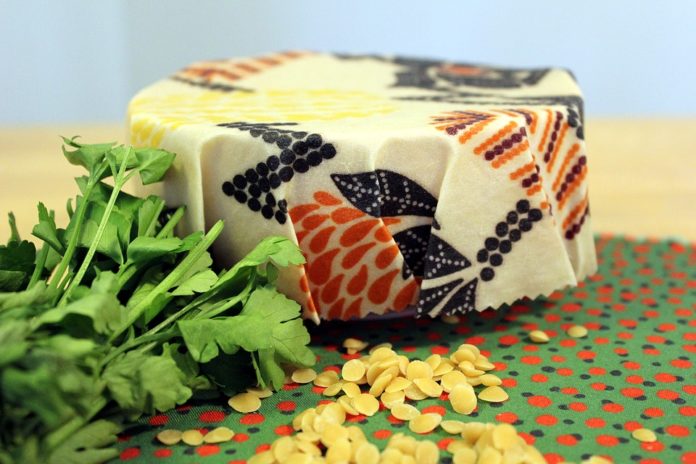
A food storage option that is healthier than current plastic options, while also lasting for much more than one use. So long as ‘Bee’s Wrap’ is in regular use, it might last you all year, thanks to a combination of beeswax, tree resin, organic cotton, and organic jojoba oil.
5. Homebiogas
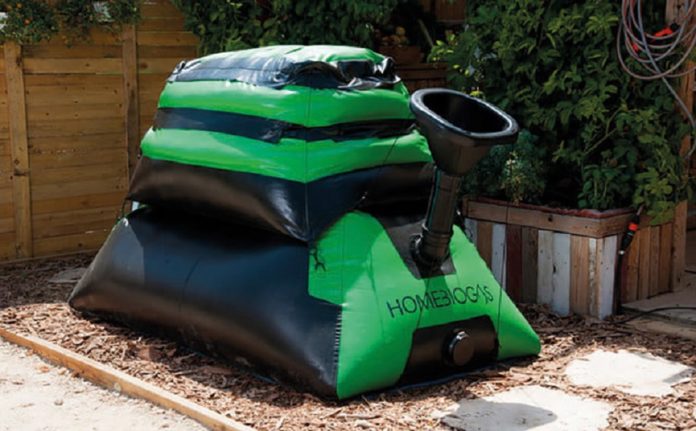
Making use of food waste by utilizing it as cooking gas. Taking up a minor amount of space in your garden, Homebiogas will be linked to domestic gas supplies, almost like wiring up a compost heap. As well as lessening the amount of waste your home produces, this product also gives you green energy as a reward. Sounds worth the investment.
4. A drone that pollinates plants
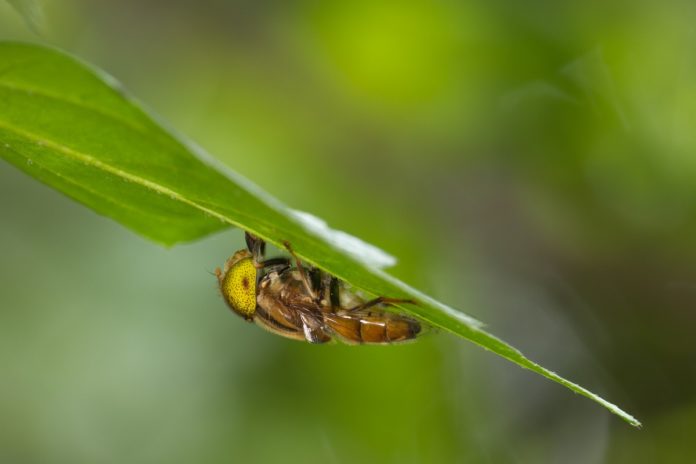
How can we improve plant pollination? Well, scientists in Japan are developing drones that behave exactly like insects to ensure pollination becomes more robust and less random. Currently, only very large flowers have been successfully pollinated, but more accurate drones are being constructed using horsehairs and a special gel coating. This is reassuring, especially when we know bees are disappearing at an alarming rate.
3. Water-saving device
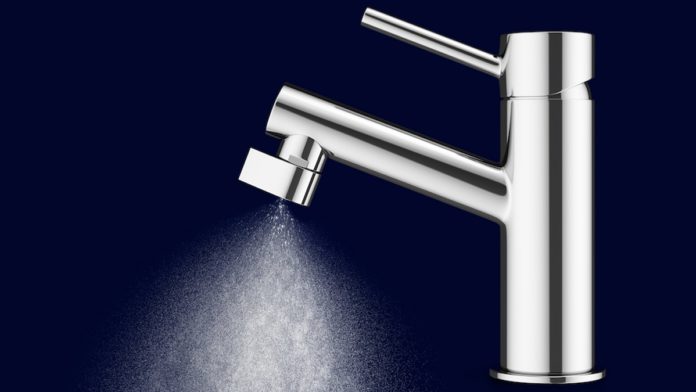
Our approach to water and energy is about to change thanks to breakthroughs at Altered:Nozzle. Customers will find it easy to install as well, thanks to retrofit solutions that require very little application to blend with current technology and featuring lead-free Eco Brass of superb quality. The future will mean using barely 2 percent of the water you use now to clean your teeth or rinse your hands. Saving water will never be easier!
2. Mycofoam
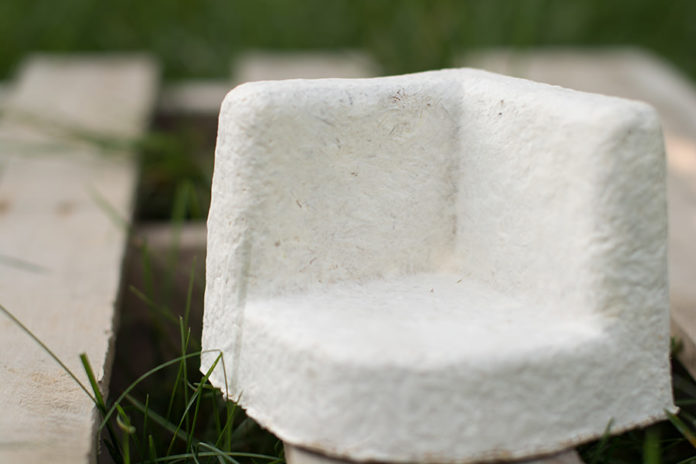
The problems with Styrofoam polluting the atmosphere and harming wildlife is about to come to an end thanks to Mycelium’s Mycofoam replacement. In comparison, Mycofoam is compostable, renewable and bio-based, so it has all the qualities Styrofoam lacks while offering all the benefits without great expense. It’s a solution businesses and stores are adopting little by little.









